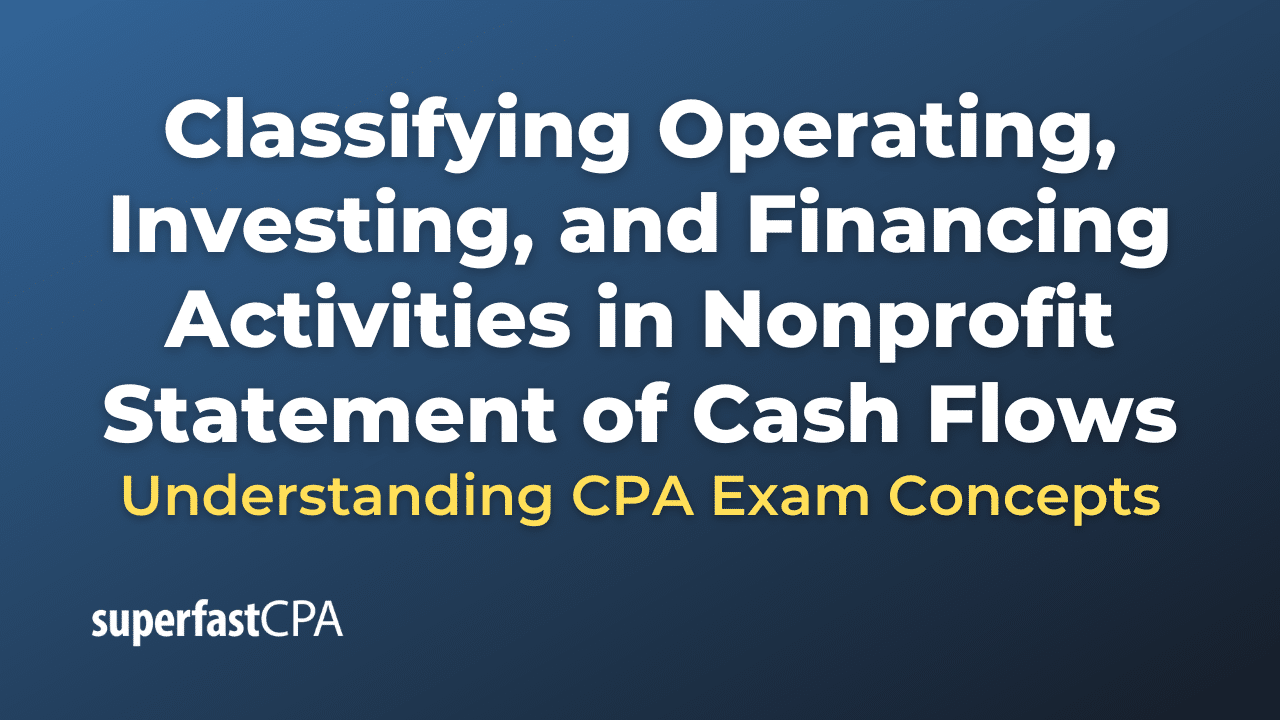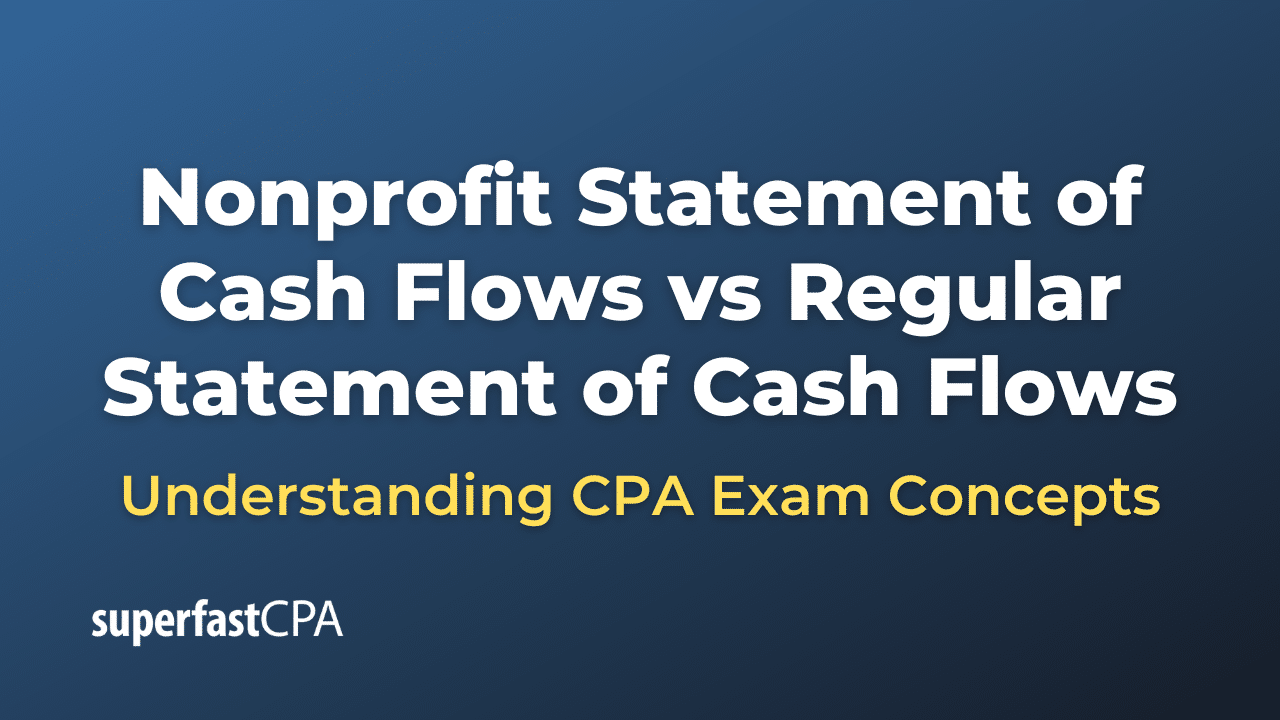Accounting Schedule
An accounting schedule is a supplementary document, worksheet, or table that is used by accountants and bookkeepers to organize, summarize, and analyze financial data. Accounting schedules are not part of the official financial statements but serve as essential tools in the preparation, review, and audit of financial information. They can help ensure the accuracy and completeness of financial reporting and support various accounting tasks.
Accounting schedules come in various forms and serve different purposes, depending on the specific accounting task or financial data being analyzed. Some common types of accounting schedules include:
- Depreciation schedule: This schedule lists all fixed assets of a company, their respective costs, useful lives, accumulated depreciation, and net book values. The depreciation schedule helps in tracking and calculating depreciation expenses over time and ensuring the proper recording of fixed assets on the balance sheet.
- Amortization schedule: This schedule outlines the periodic payments for a loan or debt, breaking down the amounts allocated to principal repayment and interest expense. It helps in tracking loan balances and interest expenses over the life of the loan.
- Accounts receivable and accounts payable schedules: These schedules provide detailed information about the outstanding receivables and payables of a company, including due dates, invoice numbers, and customer or vendor names. They help in managing cash flow, monitoring outstanding debts, and ensuring timely collection and payment of obligations.
- Schedule of prepaid expenses and deferred revenues: These schedules list the company’s prepaid expenses (e.g., insurance premiums, rent) and deferred revenues (e.g., customer deposits, advance payments) and help in tracking their amortization or recognition as expenses or revenues over time.
- Tax schedules: These are supplementary forms or worksheets used in the preparation of tax returns. They provide detailed information about specific items, such as deductions, credits, or income sources, and support the calculation of taxable income and tax liabilities.
- Reconciliation schedules: These schedules are used to compare and reconcile financial data from different sources, such as bank statements and accounting records. They help in identifying discrepancies, errors, or irregularities and ensuring the accuracy and integrity of financial information.
Accounting schedules are essential tools for accountants, bookkeepers, and financial analysts in organizing, summarizing, and analyzing financial data. They facilitate the preparation, review, and audit of financial statements and support effective decision-making and financial management.
Example of an Accounting Schedule
Let’s take a simplified example of a depreciation schedule for a fictional company called “Healthy Snacks Inc.” Assume the company has three fixed assets: a delivery van, an oven, and office furniture. The depreciation schedule helps track the depreciation expenses and net book values of these assets over time.
Depreciation Schedule (as of December 31, 2022):
| Asset | Purchase Date | Cost | Useful Life (Years) | Depreciation Method | Annual Depreciation | Accumulated Depreciation | Net Book Value |
|---|---|---|---|---|---|---|---|
| Delivery Van | 01/01/2019 | $50,000 | 5 | Straight-line | $10,000 | $40,000 | $10,000 |
| Oven | 06/01/2020 | $20,000 | 10 | Straight-line | $2,000 | $6,000 | $14,000 |
| Office Furniture | 08/15/2021 | $10,000 | 7 | Straight-line | $1,429 | $2,858 | $7,142 |
Here’s a breakdown of the information provided in the depreciation schedule:
- Asset: The name or description of the fixed asset.
- Purchase Date: The date when the asset was acquired.
- Cost: The original cost of the asset.
- Useful Life: The estimated useful life of the asset in years.
- Depreciation Method: The method used to calculate the annual depreciation expense (in this example, straight-line depreciation is used for all assets).
- Annual Depreciation: The depreciation expense for the asset during the current year.
- Accumulated Depreciation: The total depreciation expense recorded for the asset since its acquisition up to the current date.
- Net Book Value: The remaining value of the asset after subtracting the accumulated depreciation from the original cost.
The depreciation schedule helps the company track the depreciation of its fixed assets and ensures proper recording of depreciation expenses and net book values on the balance sheet. Keep in mind that this example is a very simplified version of a depreciation schedule. In reality, the schedule may include more assets, different depreciation methods, or additional information as needed for the company’s specific circumstances.














